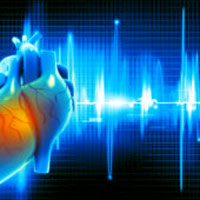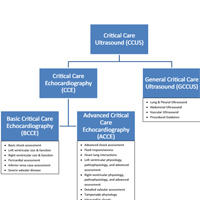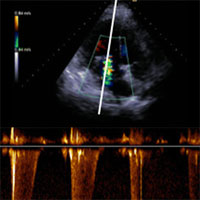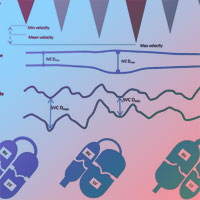Tag: echocardiography

The Speed of Sound: A New Measure to Single Out High-Risk PE Patients
Predicting which pulmonary embolism patients will do well with oral anticoagulation and which will decompensate is a bit murky, at best. The treatment of pulmonary embolism (PE) has evolved quite a bit in just the past few... read more

Bedside Limited Echocardiography by the Emergency Physician Is Accurate During Evaluation of the Critically Ill Patient
Our study suggests that PEP sonographers are capable of obtaining images that permit accurate assessment of LVF and IVC volume. BLEEP can be performed with focused training and oversight by a pediatric cardiologist. We conducted... read more

Critical Care Echocardiography: A Certification Pathway for Advanced Users
Though the details are still being finalized, the critical care NBE pathway will bear many similarities to the current certification process for cardiologists and cardiac anesthesiologists. In particular, the critical care... read more

Prognostic Effect and Longitudinal Hemodynamic Assessment of Borderline Pulmonary Hypertension
Borderline PH is common in patients undergoing RHC and is associated with significant comorbidities, progression to overt PH, and decreased survival. Small increases in mPAP, even at values currently considered normal, are... read more

Guidelines for Point-of-Care Use of Transesophageal Echocardiography in Cardiac Arrest Resuscitation
In patients with cardiac arrest, transesophageal echocardiography (TEE) may provide greater benefits than transthoracic echocardiography (TTE) for imaging, diagnosis, and prognosis, according to a review paper published in... read more

Diagnostic Accuracy of Point-of-Care Ultrasound Performed by Pulmonary Critical Care Physicians for Right Ventricle Assessment in Patients With Acute Pulmonary Embolism
This is the first study to evaluate pulmonary critical care fellows' and intensivists' use of goal-directed echocardiography in diagnosing right ventricular dysfunction in acute pulmonary embolism. Pulmonary Critical Care... read more

Pearls and Pitfalls in Comprehensive Critical Care Echocardiography
Comprehensive critical care echocardiography is a useful, rapid and non-invasive method to both diagnose pathology and monitor treatment response in the critically ill. Although growing dramatically in use around the world,... read more

Transthoracic echocardiography: an accurate and precise method for estimating cardiac output in the critically ill patient
Cardiac output (CO) monitoring is a valuable tool for the diagnosis and management of critically ill patients. In the critical care setting, few studies have evaluated the level of agreement between CO estimated by transthoracic... read more

Predicting and measuring fluid responsiveness with echocardiography
Echocardiography is an essential tool to predict and measure fluid responsiveness, according to a recent article, which provides a practical guide. Ashley Miller and Justin Mandeville outline the physiological basis of fluid... read more

Tech Doc: Ultrasound changing how physicians diagnose at your bedside
Ultrasound is a high frequency sound, too high for humans to hear. Medical ultrasound or ultrasonography uses these high frequency sound waves to create images of organs and structures inside the body.... read more








